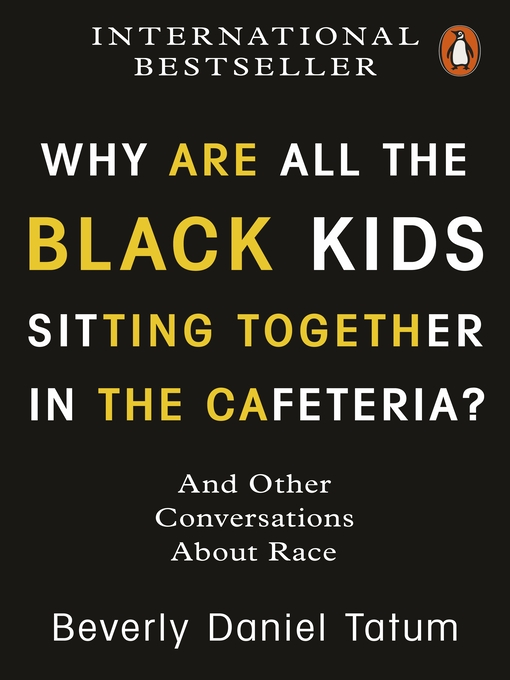The international bestseller that changed how we talk about racism
'A critically acclaimed book that gave readers a starting point to demystify conversations about race' The Atlantic
'A classic' Jodi Picoult
Walk into any racially mixed secondary school and you will see young people clustered in their own groups according to race. Is this self-segregation a problem to address or a coping strategy? Beverly Daniel Tatum, a renowned psychology Professor, guides us through how racial identity develops, from very young children all the way to adulthood, in black families, white families, and mixed race families, and helps us understand what we can do to break the silence, have better conversations with our children and with each other about race, and build a better world. A mainstay on the bookshelves of American readers since 1998, and substantially revised and updated in 2017, this evergreen bestseller is essential reading for anyone interested in understanding the dynamics of race
- New eBook additions
- New eBook additions for Kids
- New eBook additions for Teens
- Most popular
- Most popular for Kids
- Most popular for Teens
- Available Now
- Available Now for Kids
- Available Now for Teens
- Book Club 2024-2025: Guaranteed Available : Karapu Pukapuka: Wātea Mārika 2024-2025
- Guaranteed Available: Book Club: Literature with a Big L
- Travel Club 2024-2025: Guaranteed Available
- Reese's Pieces
- See all ebooks collections
- New eAudiobook additions
- New eAudiobook additions for Kids
- New eAudiobook additions for Teens
- Most popular eAudiobooks
- Most popular eAudiobooks for Kids
- Most popular eAudiobooks for Teens
- Available now on eAudio
- Available Now on eAudio for Kids
- Available Now on eAudio for Teens
- AudioBook Club 2024-2025: Guaranteed Available
- Guaranteed Available: Book Club: eAudio Classic "Reads"
- Children's AudioBook Club 2024-2025: Guaranteed Available
- See all audiobooks collections
- Ngā pukapuka i te reo Māori : Books in the Māori Language
- Tusi Samoa : Samoan Books
- Ngaahi tohi ʻi he lea faka-Tongá : Books in Tongan
- किताबें हिंदी में Kitaaben hindee mein : Books in Hindi
- 中文书籍 Zhōngwén shūjí : Books in Chinese
- 中文杂志 Zhōngwén zázhì : Magazines in Chinese
- Buugaag af-soomaali ku qoran : Books in Somali
- Livres en français : Books in French
- Magazines en français : Magazines in French
- Bücher in deutscher Sprache : Books in German
- Zeitschriften in deutscher Sprache : Magazines in German
- Mga libro ma Filipino : Books in Tagalog
- Boeke in Afrikaans : Books in Afrikaans
- See all language collections collections

